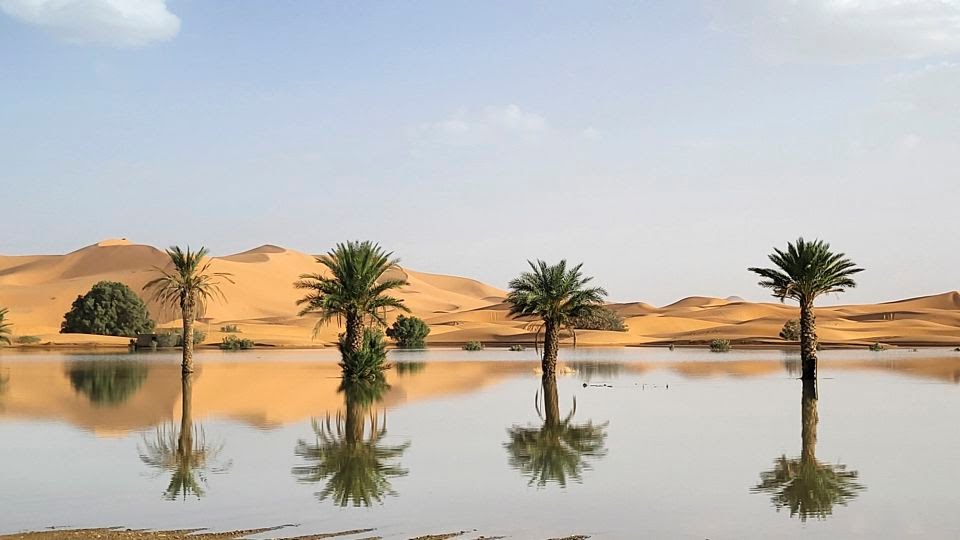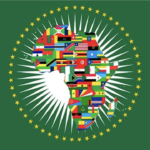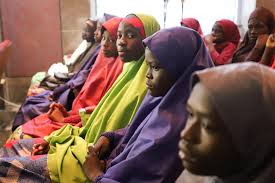Heavy rainfall in the Sahara Desert has given rise to vast lakes amid the sand dunes, reshaping a landscape long known for its extreme aridity. This remarkable phenomenon, largely unprecedented in the region, has captured global attention and raised concerns about the long-term implications of climate change.
The southeastern regions of Morocco, a country at the edge of the Sahara, were hit by intense rains in September, resulting in significant flooding in areas that had not seen such weather patterns for decades. According to a report from CNN, the downpour has turned some of the world’s most barren expanses into shimmering bodies of water, a stark contrast to the usual parched conditions.
NASA data revealed that some areas received nearly 8 inches of rainfall—an extraordinary amount for a desert region. In Errachidia, a city on the fringe of the desert, almost 3 inches of rain fell in just a few days, which is four times the area’s monthly average. Houssine Youabeb, a meteorologist from Morocco’s national weather agency, commented on the historic nature of the event, saying, “It’s been 30 to 50 years since we’ve had this much rain in such a short space of time.”
Perhaps the most striking transformation took place in Merzouga, a town well-known to tourists for its vast dunes. New lakes have formed in the sand, creating surreal scenes where reflections of palm trees ripple across the water’s surface. The normally dry landscape of Iriqui National Park, too, has been altered as dry lakebeds were filled due to the unprecedented deluge.
While many of these rains fell in remote and sparsely populated areas, some towns and villages were also affected. The floods that followed the rainfall were deadly, claiming the lives of more than a dozen people in the region. For many locals, the sudden onset of heavy rains and the ensuing floods have brought a mix of surprise and tragedy.
Satellite imagery has further documented the unexpected changes, showing large swathes of the northwest Sahara covered in green—an almost otherworldly sight for what is typically the world’s largest hot desert. These images underscore the scope of the transformation and have sparked discussions about the broader environmental implications.
Experts are pointing to climate change as a likely cause of these unusual weather patterns. Rising global temperatures, driven by increasing greenhouse gas emissions, are causing more extreme and unpredictable weather events around the world, and the Sahara Desert is not immune to these shifts. With climate change accelerating, the region may experience more frequent and intense storms, potentially leading to further alterations in the desert ecosystem.
The Sahara, which has long been defined by its dryness and scorching heat, now faces an uncertain future. The recent rains could be an indication of how human activities—especially the burning of fossil fuels—are altering natural cycles and pushing the boundaries of what was once considered impossible. Some experts warn that more frequent rainfall in the Sahara could disrupt its delicate balance, with implications for both the local ecosystem and the people who live on its margins.
While the lakes and greenery may seem like temporary anomalies, they are part of a larger, more worrying trend. As climate change continues to wreak havoc on weather systems worldwide, deserts like the Sahara may become unrecognizable. For Morocco and its neighbors, these changes pose both challenges and opportunities. On the one hand, the sudden influx of water could be seen as a chance to rejuvenate the land and support new forms of life. On the other hand, it is a stark reminder of the dangers posed by unchecked climate change.














Leave a comment